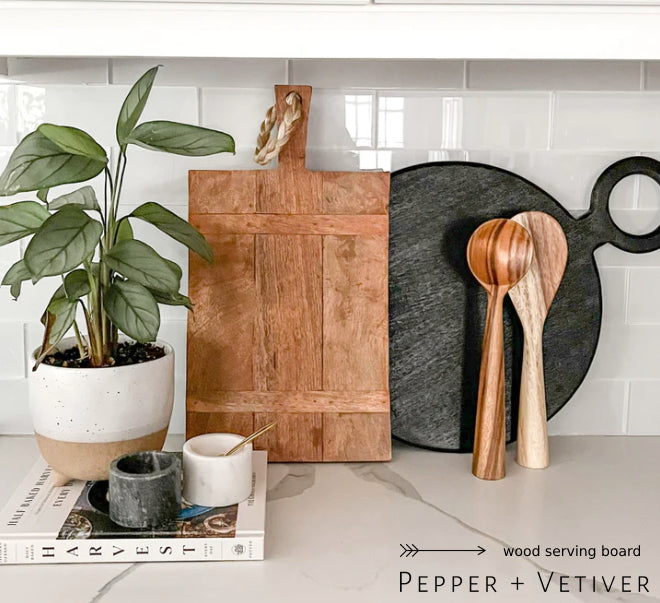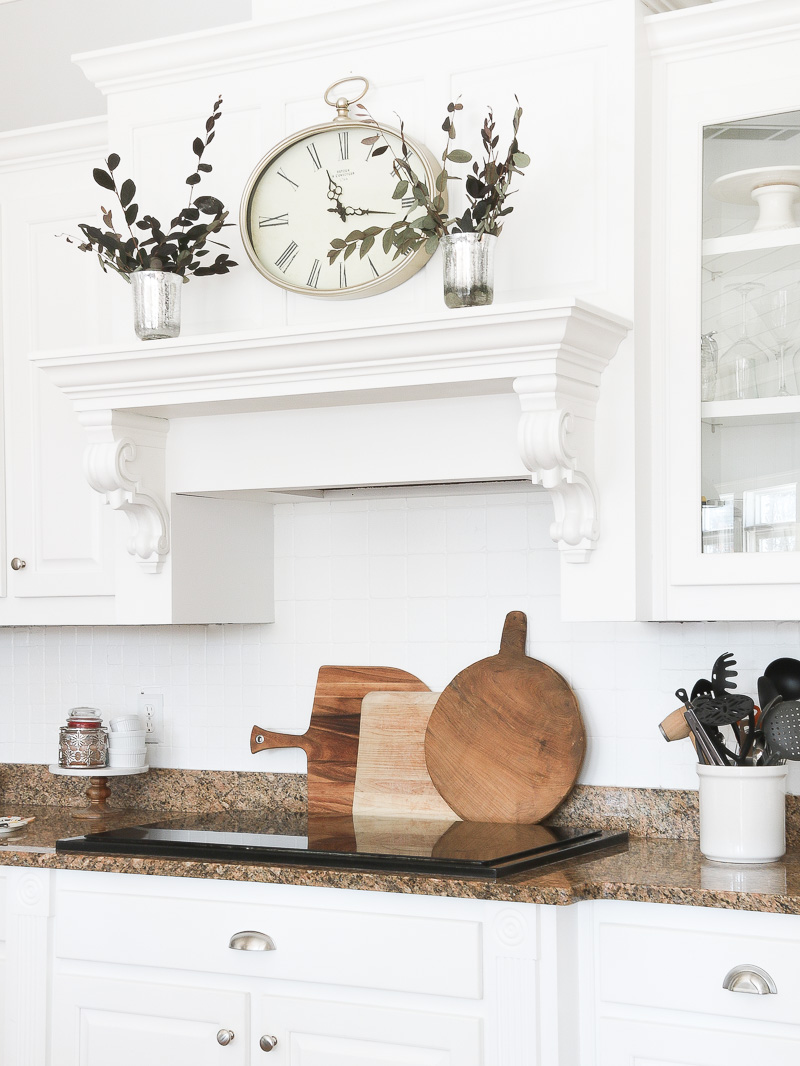Welcome to the world of decorative cutting boards! As a passionate home cook and an enthusiast of all things kitchen-related, I have spent years curating my collection of cutting boards. They are not just tools; they are pieces of art that can elevate your kitchen space. In this article, we’ll explore the diverse styles, materials, and benefits of decorative cutting boards, as well as tips on how to choose the best one for your culinary adventures.
What Are Decorative Cutting Boards?
Decorative cutting boards are more than just practical kitchen tools. They serve as beautiful decor pieces that can complement the aesthetic of your kitchen while being highly functional. Made from various materials, such as wood, bamboo, and even acrylic, these boards can be used for chopping and food preparation or displayed as stunning art pieces.
Why Choose Decorative Cutting Boards?
Choosing a decorative cutting board for your kitchen has several benefits:
- Versatility: Suitable for cutting, serving, and displaying.
- Aesthetics: Enhances the look of your kitchen.
- Durability: High-quality boards can last for years.
- Unique Designs: Available in various shapes, sizes, and patterns to suit your style.
Types of Decorative Cutting Boards
1. Wooden Cutting Boards
Wooden cutting boards are classic kitchen essentials. They come in a wide range of wood types, including oak, maple, and walnut. Wooden boards are not only durable but also have a natural beauty that adds warmth to your kitchen.
2. Bamboo Cutting Boards
Bamboo is an eco-friendly option that’s lightweight yet sturdy. It features natural antibacterial properties, making it a hygienic choice for food preparation.
3. Plastic Cutting Boards
These boards are often colorful and easily cleaned. While not as aesthetically pleasing as wood or bamboo, they can be found in attractive designs and are often less expensive.
4. Glass Cutting Boards
Glass boards are non-porous and easy to clean, but they can dull knives quickly. They often feature vibrant patterns and are ideal for serving cheese or appetizers.
Materials Comparison Table
| Material | Durability | Knife Friendliness | Maintenance | Aesthetics |
|---|---|---|---|---|
| Wood | High | Good | Requires oiling | Warm and classic |
| Bamboo | High | Good | Requires occasional oiling | Natural and modern |
| Plastic | Medium | Poor | Dishwasher safe | Colorful and fun |
| Glass | Medium | Poor | Easy to clean | Elegant and sleek |

Factors to Consider When Choosing a Decorative Cutting Board
1. Purpose
Determine if you need a board primarily for food preparation, serving, or both. This will influence the size and material you should choose.
2. Size
Select a size that fits your cooking space. Smaller boards are easier to handle, while larger boards offer more workspace.
3. Maintenance
Consider how much maintenance you’re willing to do. Wooden and bamboo boards require regular oiling, while plastic and glass boards are generally low-maintenance.
4. Budget
Set a budget before shopping. Decorative cutting boards can vary widely in price, so it’s good to know how much you’re willing to spend.
Pros and Cons of Decorative Cutting Boards
Pros
- Adds decor to your kitchen.
- Functionality for various food preparation tasks.
- Durable options available.
- Variety of styles and materials to suit personal taste.
Cons
- Some materials may require careful maintenance.
- Can be expensive, especially for high-quality wood.
- Plastic boards might not have the same aesthetic appeal.

How to Care for Your Decorative Cutting Board
Wooden and Bamboo Boards
To keep your wooden and bamboo boards in great condition:
- Wash with warm soapy water and dry immediately.
- Periodically apply food-safe mineral oil to prevent cracking.
- Avoid soaking in water or putting in the dishwasher.

Plastic Boards
For plastic cutting boards:
- Can be washed in the dishwasher for easy cleaning.
- Replace if deeply scratched or stained.
Glass Boards
To care for glass cutting boards:
- Wash with soap and water or place in the dishwasher.
- Be cautious of sharp edges and avoid heavy impact.

Where to Buy Decorative Cutting Boards
You can find decorative cutting boards in various places:
- Online Retailers: Websites like Amazon, Etsy, and specialized kitchen stores.
- Local Kitchen Stores: Many local stores carry unique, artisan-crafted boards.
- Farmers Markets and Craft Fairs: A great place to find handmade boards with character.
Frequently Asked Questions (FAQs)

1. Are decorative cutting boards safe for food preparation?
Yes, as long as they are made from food-safe materials and properly maintained.
2. How often should I oil my wooden cutting board?
Generally, once a month or whenever the wood appears dry.

3. Can I put my decorative cutting board in the dishwasher?
Most wooden and bamboo boards should not go in the dishwasher. Plastic and glass boards usually can.
4. How do I choose the right size cutting board?
Consider your kitchen space and cooking habits. A larger board is better for big tasks, while a smaller board may suffice for simple chopping.